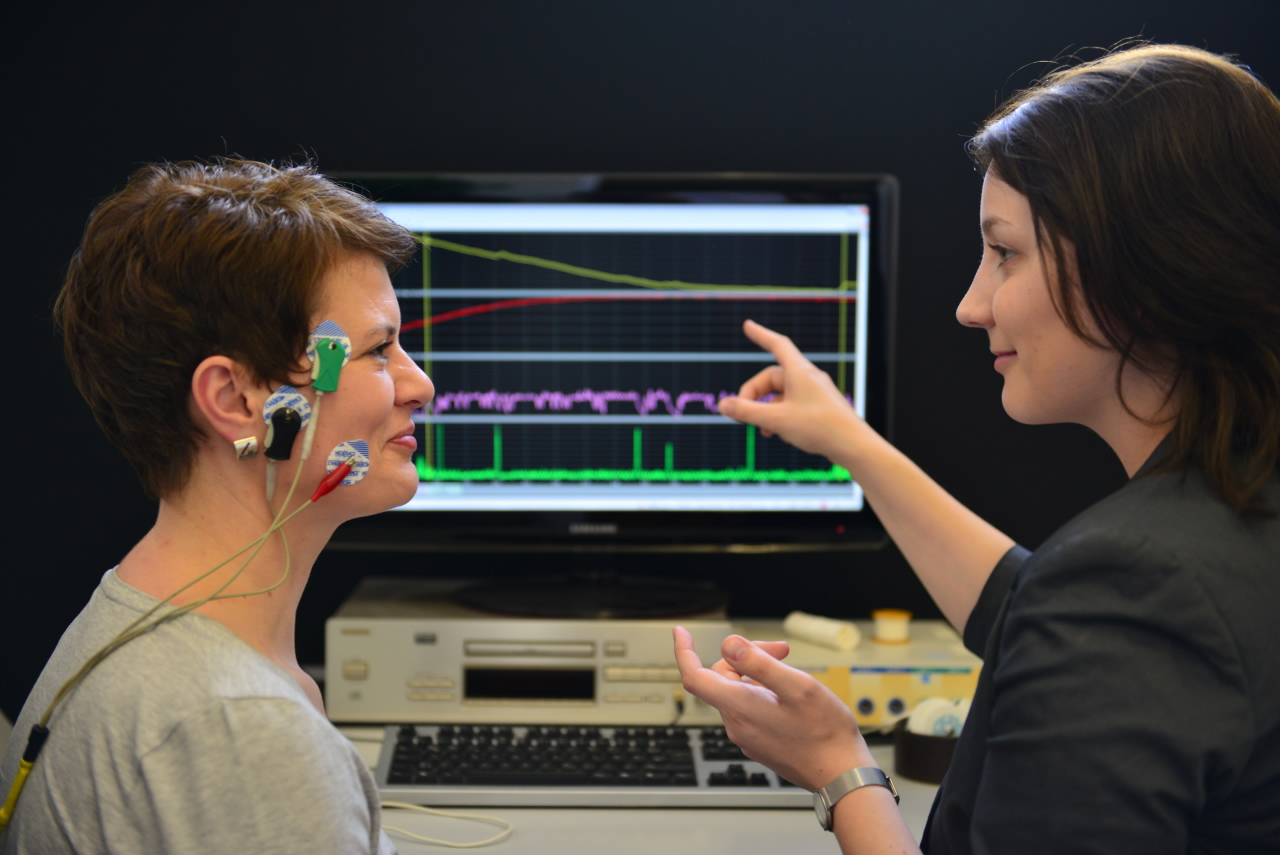Unveiling the Link Between quantitative EEG and Sleep Disorder Patterns for Improved Diagnosis and Therapy
Unveiling the Link Between quantitative EEG and Sleep Disorder Patterns for Improved Diagnosis and Therapy
Blog Article
Sleep apnea is a common slumber disorder that affects many people throughout the world. It occurs when a person's respiration is interrupted during slumber, resulting to poor sleep standards and multiple medical concerns. One of the ways researchers and physicians are endeavoring to better understand and diagnose sleep apnea is through a method called quantified EEG, or qEEG. This method assesses the electronic activity of the cerebrum and can offer important insights into how sleep apnea impacts cerebral function and overall well-being.
qEEG entails positioning small sensors on the head to record brain oscillations. These cerebral waves are then analyzed to identify trends that may suggest sleep conditions, including sleep apnea. By examining these patterns, medical providers can gain a clearer understanding of how sleep apnea interrupts typical brain activity during sleep. This data can be essential for formulating effective treatment strategies tailored to individual clients. Comprehending the connection between qEEG and sleep apnea can result to enhanced identification methods and better outcomes for those affected by this condition.
Studies has demonstrated that people with sleep apnea often exhibit distinct changes in their brain oscillation trends. For example, during episodes of apnea, the brain may exhibit increased qEEG analysis for narcolepsy function in certain regions while additional regions become less active. These changes can affect how well a person slumbers and how refreshed they perceive upon awakening. By using qEEG to track these brain wave patterns, physicians can recognize particular traits of sleep apnea in clients, which can assist in formulating a more precise identification. This is especially important because sleep apnea can occasionally be mistaken for other sleep disorders, leading to misguided therapies.
In furthermore to enhancing identification, qEEG can also serve a part in assessing the effectiveness of therapies for sleep apnea. For example, after a patient begins using a continuous positive airway pressure (CPAP) machine, which helps keep the airway open during sleep, qEEG can be used to evaluate alterations in brain activity. If the brain shows improved patterns of sleep after starting treatment, it may indicate that the therapy is working effectively. This feedback can assist physicians formulate required modifications to treatment plans, ensuring that patients obtain the optimal treatment feasible.
In summary, the connection between qEEG and sleep apnea patterns is an exciting area of research that holds promise for enhancing diagnosis and treatment. By understanding how sleep apnea affects brain function, healthcare professionals can formulate more effective approaches to help patients achieve better sleep and improve their overall health. As research continues to evolve, it is likely that qEEG will become an essential tool in the battle against sleep apnea, leading to better outcomes for those who suffer from this difficult disorder.